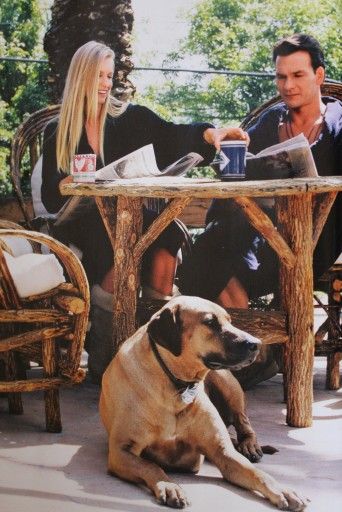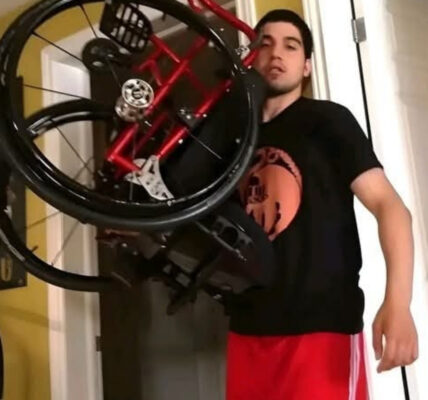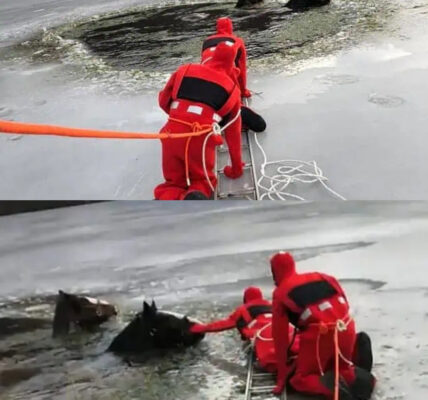In 1986, a small audition studio in New York was about to witness a turning point in movie history. Patrick Swayze, known in the industry as a disciplined, athletic dancer with a rugged charm, walked in carrying nothing more than a cassette tape and years of hard-earned experience. He was there to audition for the role of Johnny Castle in Dirty Dancing—a role that, unbeknownst to anyone in the room, would soon become iconic.

The producers weren’t convinced at first. Swayze had a reputation for being tough, intense, even a bit intimidating—qualities they worried might clash with the softer, romantic image they envisioned for Johnny. But Swayze didn’t try to fit their mold. Instead, he decided to show them the truth of the character as he saw it.
He choreographed an intimate dance to Solomon Burke’s Cry to Me, partnering with Jennifer Grey, who was also up for the lead role of Frances “Baby” Houseman. Ironically, the two had clashed on a previous project, yet when the music started, something shifted. Their chemistry was magnetic—an electric push-and-pull of tension, tenderness, and heat. The tape captured not just Swayze’s flawless movement, but his ability to tell a story without a single spoken word. Every glance, every breath, every brush of a hand carried emotion.

It was his improvisation that sealed the deal. Swayze’s training at the Joffrey Ballet School shone through in his precision, but he fused it with a raw, unpolished sensuality that felt completely authentic to Johnny. The result was a dance style that was both graceful and dangerously alive—a perfect match for a character caught between two worlds.
But Swayze didn’t stop at the dancing. During the audition, he delivered a dramatic monologue about class divides and personal dignity. His voice carried the weight of lived experience, shaped by his own working-class upbringing in Texas. He knew what it meant to be underestimated, to have to fight for respect, and it poured into every line. Director Emile Ardolino later called his performance “a revelation,” noting how Swayze could move seamlessly between toughness and vulnerability.
Once cast, Swayze committed himself entirely to the role. He didn’t just rehearse the choreography—he shaped it, working closely with choreographer Kenny Ortega to make sure the dances felt alive, not staged. The famous lift in the final scene wasn’t just a trick for the camera; it was the result of weeks of painstaking rehearsal, trust-building, and shared risk between Swayze and Grey.
Their off-screen relationship wasn’t always easy—there were moments of tension, creative differences, and raw emotion—but it was that very friction that gave their on-screen romance its spark. Grey would later admit that Swayze’s confidence and relentless work ethic helped her grow as a dancer, pushing her beyond her comfort zone.
Swayze also had a hand in shaping the film’s most memorable moments. The now-legendary line, “Nobody puts Baby in a corner,” wasn’t one he initially believed in, but when the cameras rolled, he delivered it with such conviction that it became part of pop culture forever.
Looking back, writer Eleanor Bergstein said no one else could have played Johnny Castle the way Swayze did: “He understood Johnny’s world in a way no one else could.” His audition tape had revealed that rare blend of technical skill, emotional honesty, and raw charisma. It was more than an audition—it was the moment Patrick Swayze became Johnny Castle.
And decades later, when audiences hear the first notes of Time of My Life, it’s his presence, his movement, and his heart that still make them believe in the magic of that summer.





